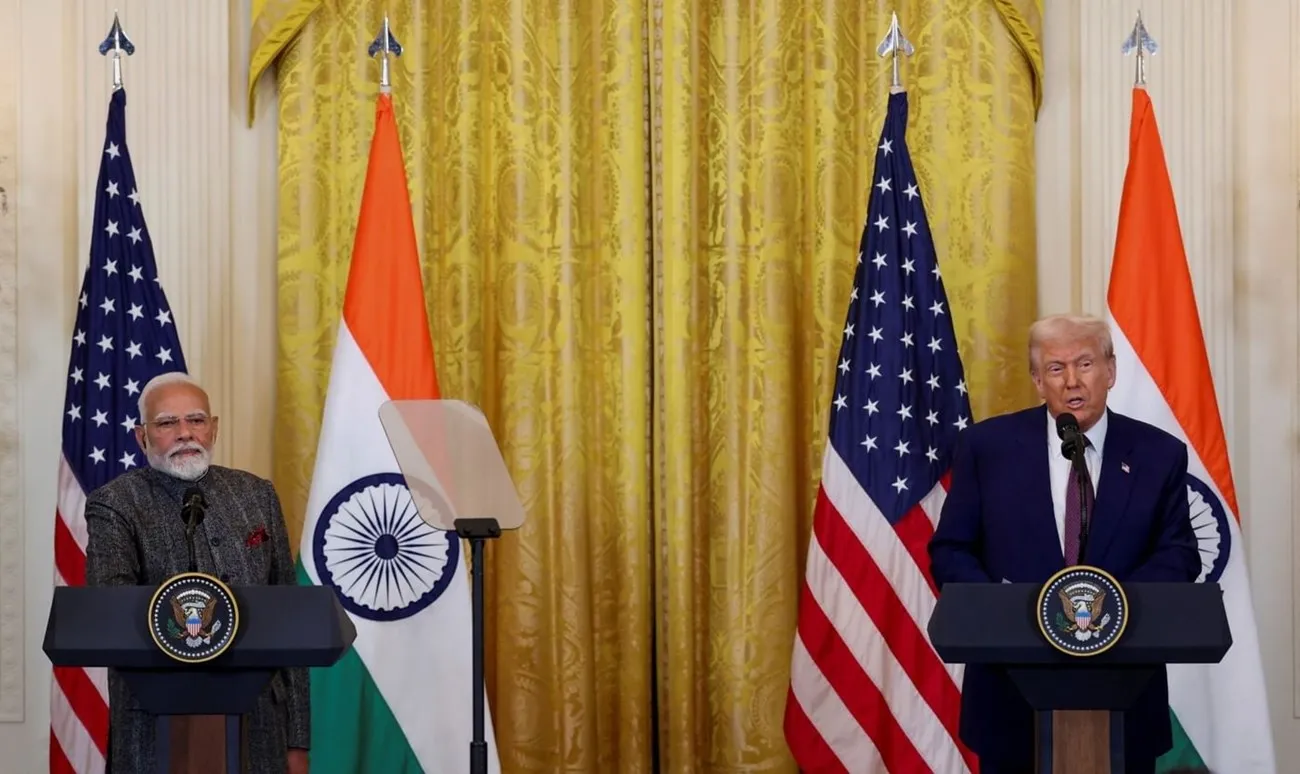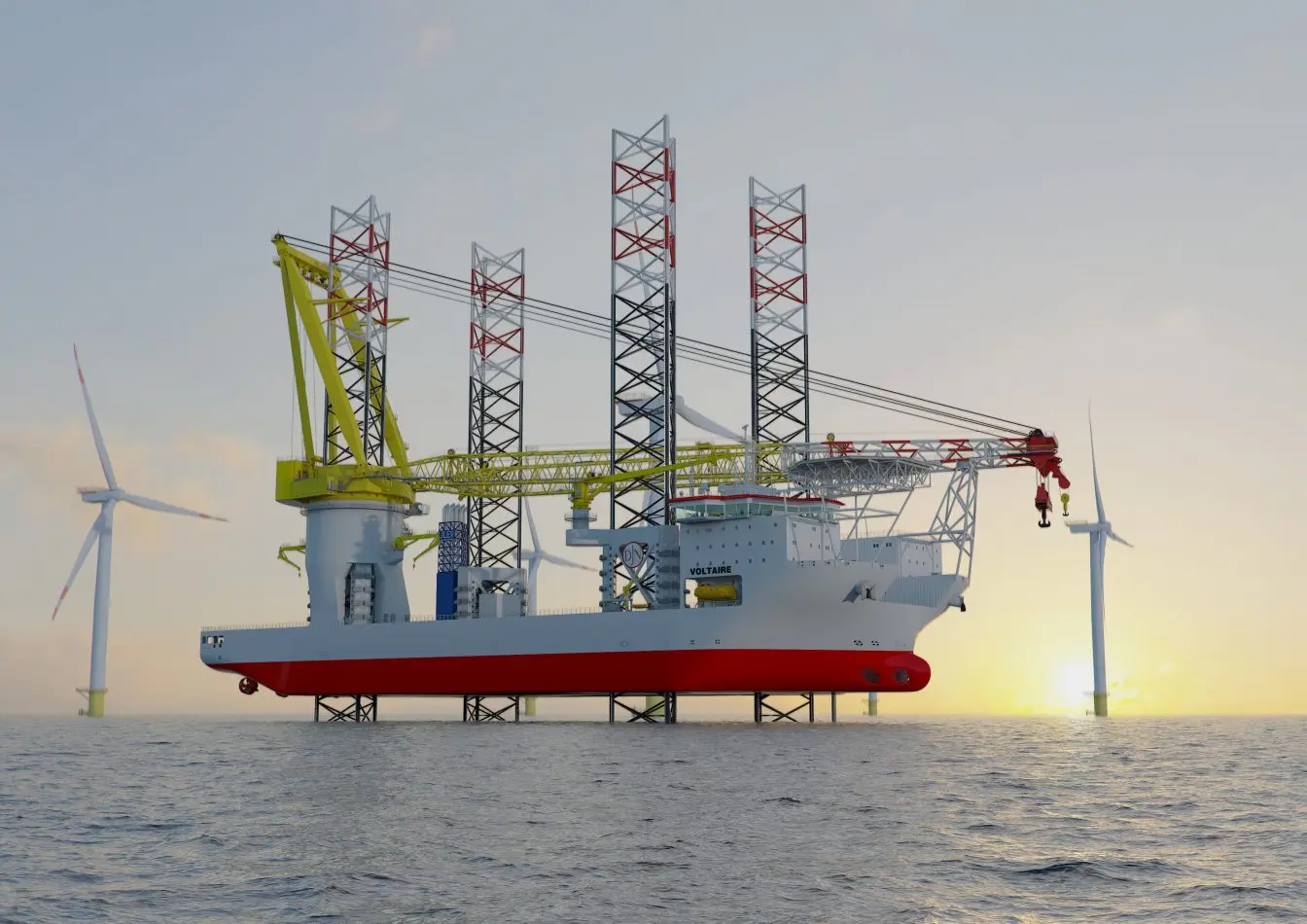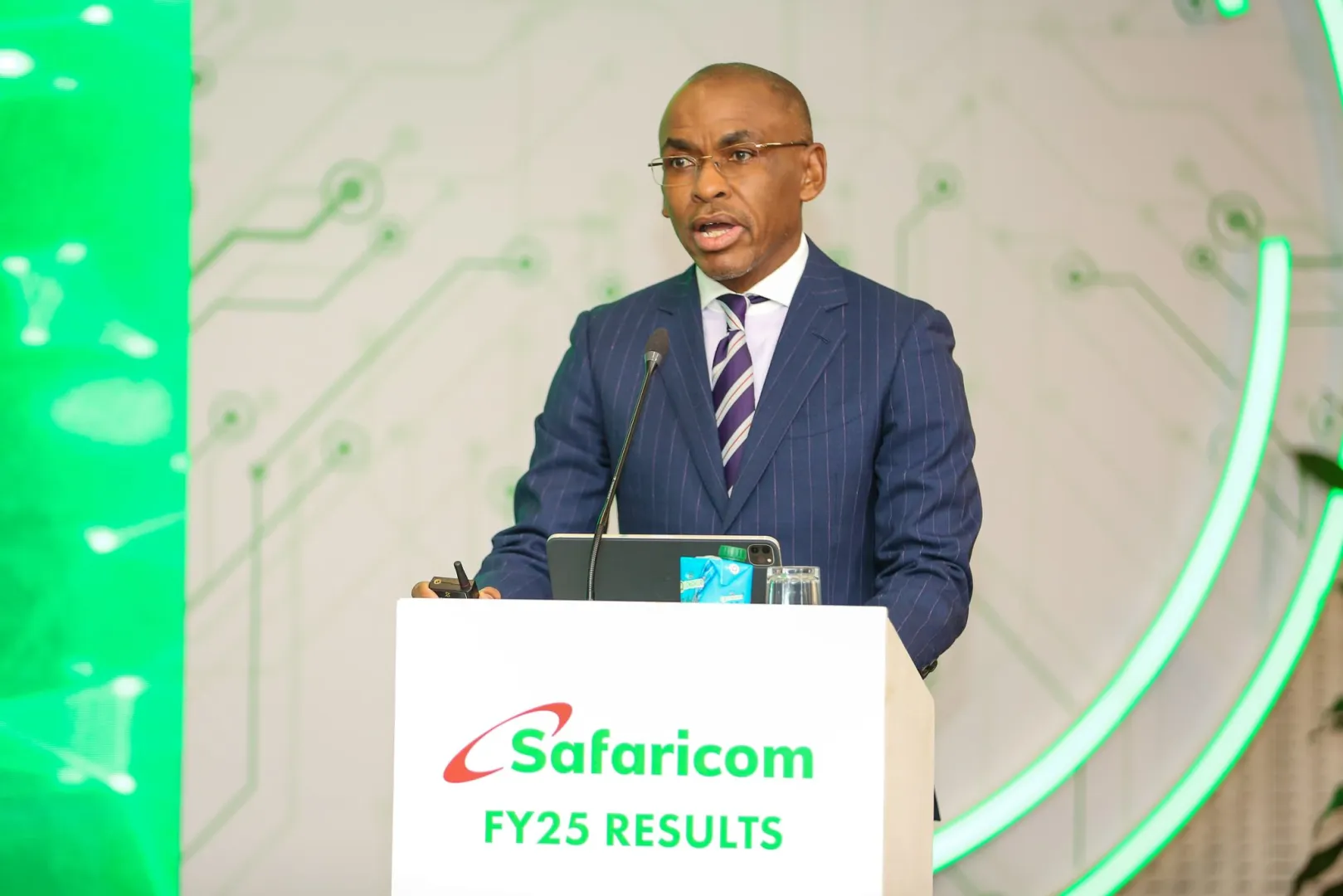In a significant diplomatic and economic milestone, India and the United States have set a target to increase bilateral trade to $500 billion by 2030, more than doubling the current trade volume. This announcement came during Indian Prime Minister Narendra Modi’s visit to Washington, D.C., where he met with U.S. President Donald Trump at the White House on February 13, 2025.
The meeting, which marked Modi as one of the first world leaders to visit the U.S. following Trump’s inauguration, underscored the growing strategic, economic, and defense ties between the two nations. The two leaders discussed an extensive range of topics, including trade agreements, energy security, defense collaboration, and technology transfer.
Addressing a joint press conference, PM Modi highlighted the shared vision of economic progress between India and the U.S., linking Trump’s slogan “MAGA – Make America Great Again” with India’s long-term national vision, “Viksit Bharat 2047,” which aims to make India a developed country by its 100th year of independence. Modi coined the term “MIGA – Make India Great Again”, stating that when both nations work together, it results in a “mega partnership for prosperity.”
$500 Billion Trade Target: A New Era of Economic Cooperation
The commitment to reach $500 billion in bilateral trade marks a major economic goal for the two nations, which have seen their trade grow steadily in recent years. In 2023, U.S.-India trade stood at approximately $190 billion, making the new target ambitious but achievable given the rapid economic expansion in both countries.
Key areas of focus to achieve this target include:
- Energy Trade: The U.S. is already one of India’s largest energy suppliers, providing oil, gas, and coal. The leaders emphasized an increase in oil and gas trade to enhance India’s energy security, with a focus on long-term contracts and joint ventures in renewable energy and nuclear energy development.
- Technology Transfer and Joint Production: Modi highlighted that the strategic partnership between India and the U.S. extends beyond trade, with both countries moving towards joint development, joint production, and technology transfer. This collaboration will include semiconductors, 5G/6G telecommunications, artificial intelligence (AI), and space technology.
- Defense and Security Ties: The U.S. plays a key role in India’s defense preparedness, supplying advanced military equipment and intelligence-sharing tools. Discussions included deepening partnerships on fighter jet production, naval capabilities, cybersecurity cooperation, and small modular nuclear reactors.
- Infrastructure and Investment: The U.S. remains one of the largest sources of foreign direct investment (FDI) in India, and both leaders committed to increasing investments in critical infrastructure projects, smart cities, and digital connectivity.
- Trade Agreement in the Works: Modi and Trump announced that teams from both nations would work swiftly to finalize a mutually beneficial trade agreement, addressing market access issues, reducing tariffs, and ensuring fair trade practices.
Energy Security: Strengthening India’s Supply Chain
One of the central themes of the meeting was energy security, with both leaders emphasizing increased cooperation in oil, gas, and nuclear energy.
- The U.S. has become one of India’s top crude oil and natural gas suppliers, with billions of dollars’ worth of energy exports each year. Both nations agreed to deepen ties in this sector through long-term supply agreements, investment in LNG terminals, and renewable energy projects.
- The two countries are set to expand their partnership in nuclear energy, focusing on the development of small modular reactors (SMRs), which could provide a more sustainable and scalable energy solution for India’s growing demand.
- India will also enhance investments in U.S. energy infrastructure, particularly in refining and distribution, ensuring stable energy flows between both nations.
The expansion of India-U.S. energy cooperation is not only an economic strategy but also a geopolitical move, as India seeks to diversify its energy sources away from traditional suppliers like the Middle East and Russia.
Defense and Security: Strengthening Strategic Ties
The India-U.S. defense partnership has grown exponentially over the past decade, with major defense deals, joint military exercises, and intelligence-sharing agreements.
- Modi and Trump reaffirmed their commitment to a free and open Indo-Pacific, with a focus on strengthening naval cooperation and enhancing security in the Indian Ocean.
- The leaders discussed expanding India’s purchase of advanced military equipment, including fighter jets, drones, missile defense systems, and cyber warfare tools.
- A major breakthrough in joint development and production is expected, allowing India to manufacture U.S.-made defense equipment under the ‘Make in India’ initiative.
The U.S. is also supporting India’s bid to become a leading player in the global semiconductor industry, ensuring that both nations remain competitive in the rapidly evolving technological landscape.
Technology, Digital Trade, and Startups
Technology was another key discussion point, with both leaders emphasizing greater collaboration in emerging technologies, digital trade, and startup ecosystems.
- The U.S. will expand its technology partnerships with India, particularly in areas such as AI, machine learning, cybersecurity, and quantum computing.
- The semiconductor industry was a major topic, with India pushing for more chip manufacturing partnerships to reduce reliance on China and strengthen supply chains.
- Both nations will work together to set global technology standards, ensuring that digital trade policies are aligned to promote fair competition.
With India emerging as one of the fastest-growing digital economies, U.S. tech giants like Google, Microsoft, and Apple are expected to increase their investments in the Indian market.
Modi-Trump Warm Relations: A Stronger Diplomatic Bond
PM Modi and President Trump shared a warm moment during their White House meeting, exchanging a hug and reinforcing their personal rapport.
Trump, known for his appreciation of strong leadership figures, expressed admiration for Modi’s governance and economic policies. “We missed you, we missed you a lot,” Trump said, welcoming Modi as one of the first world leaders to visit Washington following his inauguration.
During the press conference, Modi reciprocated by thanking Trump for his warm hospitality and acknowledging the deep mutual trust and shared commitment to achieving new economic and strategic goals.
The visit signals continued U.S.-India alignment on major global issues, including counterterrorism efforts, regional stability, and economic resilience.
What This Means for India and the U.S. Moving Forward
The $500 billion trade target by 2030 represents a major step forward for India-U.S. relations, setting the stage for deeper collaboration across multiple sectors.
For India, this deal solidifies its status as a rising global economic power, ensuring access to cutting-edge technology, defense equipment, and energy resources. The partnership also strengthens India’s position in global trade negotiations, helping it navigate complex geopolitics.
For the U.S., India remains a key strategic ally in countering China’s influence in Asia, while also serving as one of the largest markets for American exports. Deepening economic ties with India aligns with Trump’s pro-business stance, creating more opportunities for U.S. companies to invest in one of the world’s fastest-growing economies.
As both nations continue to negotiate trade agreements, expand energy cooperation, and enhance defense collaboration, the India-U.S. partnership is set to reshape global economic and strategic landscapes in the coming years.
Ready to take your career to the next level? Join our dynamic courses: ACCA, HESI A2, ATI TEAS 7 , HESI EXIT , NCLEX – RN and NCLEX – PN, Financial Literacy!🌟 Dive into a world of opportunities and empower yourself for success. Explore more at Serrari Ed and start your exciting journey today! ✨
photo source: Google
By: Montel Kamau
Serrari Financial Analyst
17th February, 2025
Article, Financial and News Disclaimer
The Value of a Financial Advisor
While this article offers valuable insights, it is essential to recognize that personal finance can be highly complex and unique to each individual. A financial advisor provides professional expertise and personalized guidance to help you make well-informed decisions tailored to your specific circumstances and goals.
Beyond offering knowledge, a financial advisor serves as a trusted partner to help you stay disciplined, avoid common pitfalls, and remain focused on your long-term objectives. Their perspective and experience can complement your own efforts, enhancing your financial well-being and ensuring a more confident approach to managing your finances.
Disclaimer: This article is for informational purposes only and does not constitute financial advice. Readers are encouraged to consult a licensed financial advisor to obtain guidance specific to their financial situation.
Article and News Disclaimer
The information provided on www.serrarigroup.com is for general informational purposes only. While we strive to keep the information up to date and accurate, we make no representations or warranties of any kind, express or implied, about the completeness, accuracy, reliability, suitability, or availability with respect to the website or the information, products, services, or related graphics contained on the website for any purpose. Any reliance you place on such information is therefore strictly at your own risk.
www.serrarigroup.com is not responsible for any errors or omissions, or for the results obtained from the use of this information. All information on the website is provided on an as-is basis, with no guarantee of completeness, accuracy, timeliness, or of the results obtained from the use of this information, and without warranty of any kind, express or implied, including but not limited to warranties of performance, merchantability, and fitness for a particular purpose.
In no event will www.serrarigroup.com be liable to you or anyone else for any decision made or action taken in reliance on the information provided on the website or for any consequential, special, or similar damages, even if advised of the possibility of such damages.
The articles, news, and information presented on www.serrarigroup.com reflect the opinions of the respective authors and contributors and do not necessarily represent the views of the website or its management. Any views or opinions expressed are solely those of the individual authors and do not represent the website's views or opinions as a whole.
The content on www.serrarigroup.com may include links to external websites, which are provided for convenience and informational purposes only. We have no control over the nature, content, and availability of those sites. The inclusion of any links does not necessarily imply a recommendation or endorsement of the views expressed within them.
Every effort is made to keep the website up and running smoothly. However, www.serrarigroup.com takes no responsibility for, and will not be liable for, the website being temporarily unavailable due to technical issues beyond our control.
Please note that laws, regulations, and information can change rapidly, and we advise you to conduct further research and seek professional advice when necessary.
By using www.serrarigroup.com, you agree to this disclaimer and its terms. If you do not agree with this disclaimer, please do not use the website.
www.serrarigroup.com, reserves the right to update, modify, or remove any part of this disclaimer without prior notice. It is your responsibility to review this disclaimer periodically for changes.
Serrari Group 2025












